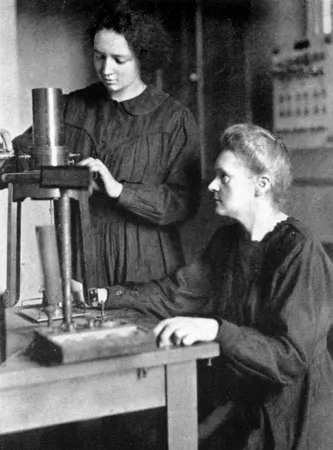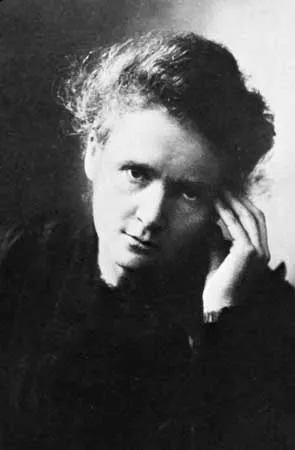


{Source: Universal Images Group/Getty Images}
The short-term effects of Marie Curie's discovery of radium and polonium included advancements in the study of radioactivity, the development of new scientific tools for measuring radiation, and early applications in medicine, such as using radium for cancer treatment. Her work also brought global attention to the potential of radioactive elements and inspired further research in physics and chemistry.
“The new method used by P. Curie and Mme. Curie for the discovery of polonium and radium—chemical analysis controlled by measurements of radioactivity—has become fundamental for the chemistry of radioelements; it has served since for the discovery of many other radioactive substances."
Britannica School
There was a shift in how society sees scientific achievement and fame. Unlike many public figures whose reputations might change from fame, Marie Curie is celebrated as a model of integrity, humility, and dedication to her work. This perspective reinforces her legacy as a scientist who prioritized knowledge and humanity over personal recognition. This emphasizes the effect of her character on her legacy, as her uncorrupted image inspires admiration, cementing her status as a role model in science and beyond.
“"Marie Curie is, of all celebrated beings, the only one whom fame has not corrupted."”
Einstein

{Source: The Granger Collection, New York}